Did you know kayakers use specialized techniques called bracing to maintain balance and prevent capsizing? Kayak bracing involves using your paddle as an outrigger to provide stability when the boat becomes unstable.
There are different types of braces such as the low brace, high brace, and sculling brace that require good torso rotation and paddle control.
Mastering these fundamental skills allows kayakers to safely navigate rough water conditions. Want to learn how to brace like a pro? Read on!
Key Takeaways on Kayak Bracing:
- Kayak bracing prevents capsizing with the paddle and body balance.
- Three main braces – High, Low, and Sculling – ensure stability and control.
- Advanced techniques like edging, leaning, and rolling improve skills, along with good posture, paddle handling, and diverse brace practice.
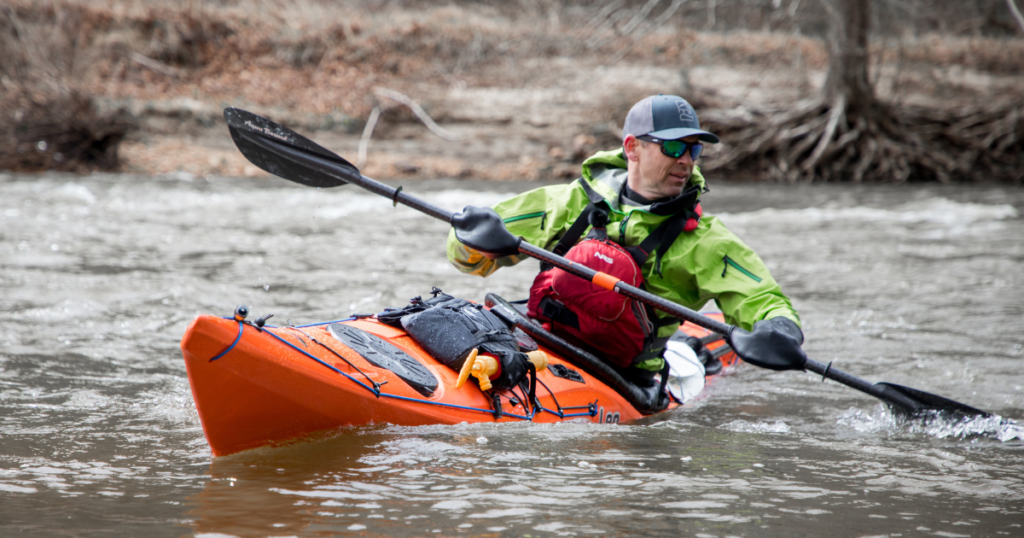
What is Kayak Bracing?
Kayak bracing is a technique used by kayakers to stay stable and avoid tipping over. It involves using the paddle and body movements to balance in the water. It’s a key skill for safe and enjoyable kayaking.
Why is Kayak Bracing Important?
Kayak bracing is super important for safe and fun kayaking. Here’s why:
- Boosts Confidence and Safety: Knowing how to brace makes you feel safer. You won’t worry much about falling into the water. It’s like having a safety belt in a car.
- Better Control and Maneuverability: With bracing, you can steer your kayak easily, even in tough spots. It’s like having a good grip on your bike’s handlebars.
- Handles Waves and Currents Well: Bracing helps you stay steady when waves or currents surprise you. Imagine it like having strong legs while playing tag; you won’t fall easily.
- Less Risk of Flipping Over: When you’re good at bracing, your kayak is less likely to tip over. This means fewer chances of getting hurt or scared.
In short, kayak bracing is like your secret tool for being a superhero on the water. It keeps you safe, in control, and ready for any adventure!
Types of Kayak Braces
Kayak bracing is like having special moves to keep your kayak steady and safe. There are three main types: High Brace, Low Brace, and Sculling Brace. Each one is unique and helps in different situations.
High Brace
Use the High Brace when you feel like you’re about to tip over to your side. It’s like catching yourself with your hands when you’re about to fall.
- Mechanics: Hold your paddle flat above the water, close to the kayak. Lean slightly towards the water, then push down on the paddle while straightening up. Keep your elbows bent to protect them.
- Step-by-Step Guide:
- Lean to one side slightly.
- Get Ready: Grip your paddle near the top with your dominant hand on top and your other hand below. Lean slightly away from the tippy side, keeping your core engaged.
- Push Back: With a swift, powerful stroke, push the paddle blade down and out into the water, away from the tilted side. Imagine pushing against a wall.
- Snap it Back: As you push, quickly snap your hips towards the tilted side, using your core muscles to bring the kayak back upright.
Low Brace
The Low Brace is used when you need a quick way to stabilize. It’s like putting your hand out to balance on a skateboard.
- Differences from High Brace: Your paddle is under your chin, almost touching the water. Your elbows are higher, and you use the back of the blade.
- Step-by-Step Guide:
- Tilt slightly to one side.
- Get Low: Bend your knees and lower your body as close to the kayak as possible, keeping your back straight and core engaged.
- Dig Deep: Plunge your paddle blade deep into the water on the low side, close to the kayak. Imagine burying a shovel in the sand.
- Push Up and Lean: As you push the paddle blade up, use your legs and core to forcefully lean your body towards the high side, bringing the kayak upright.
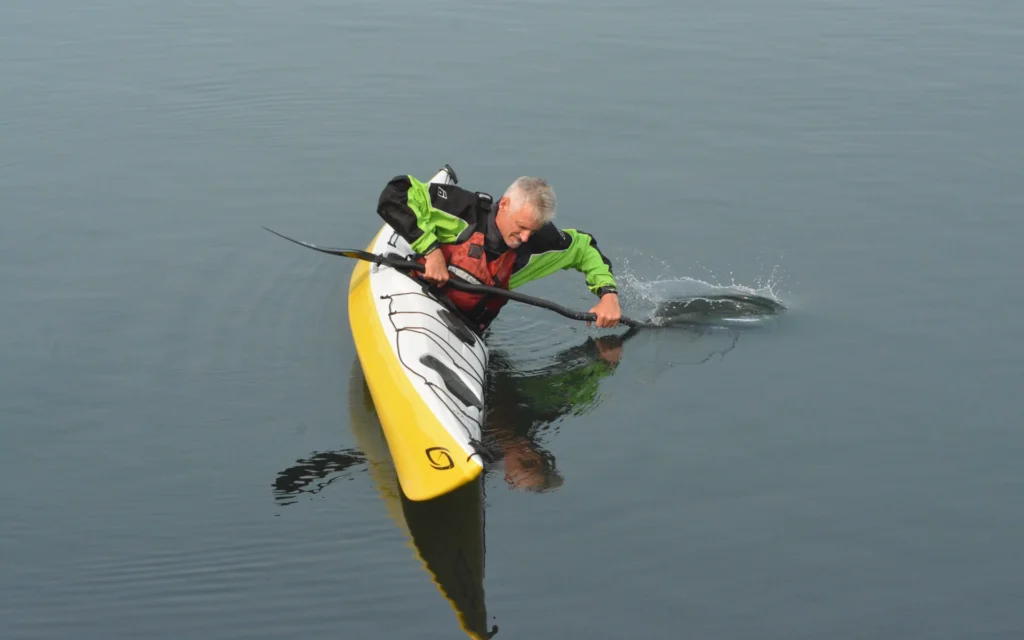
Sculling Brace
The Sculling Brace is like treading water with your paddle. It’s great for staying upright in windy or rough water.
- Unique Mechanics: You move the paddle side to side in the water, like slicing bread. Your body rotates slightly with each stroke.
- Advantages: It helps you stay balanced for a longer time.
- How to Perform Effectively:
- Lean slightly to one side.
- Paddle Like a Butterfly: Hold your paddle with both hands near the center and make quick forward and backward strokes, keeping the blade shallow in the water.
- Twist and Turn: As you paddle, slightly twist your torso and lean your body in the direction you want to go, using the paddle strokes to counteract any tippy tendencies.
Remember:
- Practice Makes Perfect: Practice is key to mastering kayak braces, so keep trying in calm waters.
- Safety First: Always wear a life jacket and paddle with a friend.
- Seek Help: If you need help, ask a qualified instructor for guidance and safe technique tips.

Advanced Bracing Techniques
In advanced kayaking, two cool skills that go hand-in-hand with bracing are edging leaning, and rolling.
Edging and Leaning:
- What Are They?: Edging is tilting your kayak on its side a bit, and leaning is shifting your body weight. They’re like leaning into a turn when riding a bike.
- Why They Help: These moves help you stay balanced and get ready for bracing. It’s like preparing to catch a ball; you get ready before it comes to you.
- Tips for Better Stability: Practice tilting your kayak and shifting your weight while paddling. It makes your kayak more agile and ready to brace.
Rolling and Bracing:
- The Connection: Rolling is like a super move in kayaking. It’s when you flip your kayak upright if you capsize.
- Combining with Bracing: Think of rolling as the big brother of bracing. If you tip over, you roll to come back up. Bracing is what you do to avoid flipping in the first place.
- Learning to Roll: It’s tricky, so it’s best to learn from a pro. They’ll show you how to roll safely and use it with bracing.
These advanced techniques make kayaking even more fun and safe.
Common Mistakes and How to Avoid Them
When kayaking, avoiding a few common mistakes can make a big difference. Here’s how:
- Incorrect Body Posture: Sitting or leaning the wrong way can throw off your balance. Like sitting up straight in a chair, keep your back straight and lean slightly forward in your kayak. This helps you stay balanced and ready to brace.
- Paddle Handling Errors: Holding your paddle wrong can make it hard to control your kayak. Hold it like you’re shaking hands, not too tight. Keep your hands shoulder-width apart. This grip gives you better control and power.
- Over-Reliance on One Type of Brace: Using just one brace all the time is like only knowing one dance move. Mix it up! Practice different braces – high, low, and sculling. Each one is useful in different situations. Knowing all of them makes you a more versatile and confident kayaker.
Remember, kayaking is like learning to ride a bike. At first, it’s tricky!

Tips for Perfecting Kayak Bracing
To get good at kayak bracing, here are some important tips:
- Wear the Right Gear: Just like wearing a helmet for biking, always wear a life jacket when kayaking. It keeps you safe if you tip over. Also, dress for the water temperature, not just the air temperature, to stay comfortable.
- Understand the Water Conditions: It’s like checking the weather before you go outside. Know how the water is where you’re kayaking – is it calm or are there lots of waves? This helps you prepare for what kind of bracing you might need.
- Practice Bracing at the Right Time: Start practicing in calm, shallow water where you feel safe. It’s like learning to swim in a pool before going to the ocean. As you get better, you can try bracing in different and more challenging conditions.
Practicing kayak bracing is like learning any new skill – take it step by step, and you’ll keep getting better!
Final Thoughts
Kayak bracing is a vital skill for safe and enjoyable kayaking. By understanding and practicing different bracing techniques, you can navigate waters confidently.
Combining these skills with proper gear and awareness enhances your kayaking experience, making every adventure safer and more fun!
FAQs
Kayak strokes are different ways to move your paddle to steer the kayak. Common ones include forward stroke, reverse stroke, sweep stroke, and draw stroke.
To capsize a kayak intentionally, lean to one side and push down on the water with your paddle, or shift your weight quickly to one side.
Kayak edging is tilting the kayak on its side slightly to turn or maneuver better. It’s like leaning into a turn when riding a bike.
In a high brace, you use the paddle above the water to prevent flipping. In a low brace, the paddle is under your chin, used for quick stability.

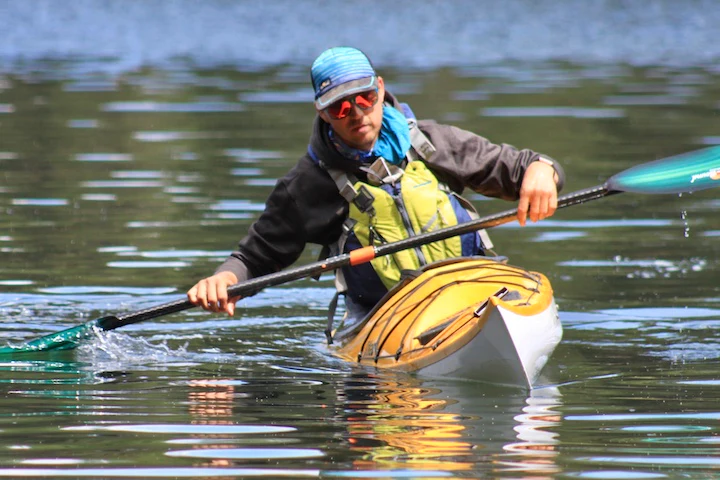
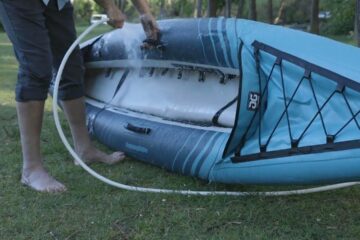

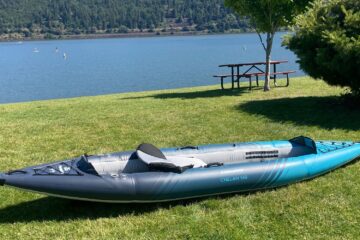
[…] essential navigation tips for beginners to advanced kayakers that will allow you to paddle safely and explore exciting new […]